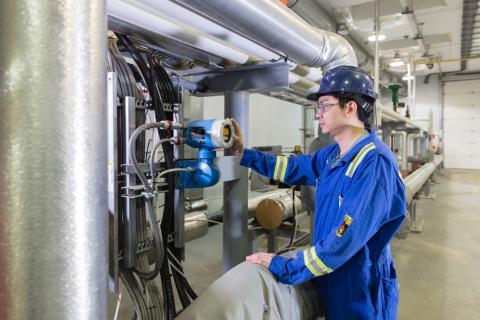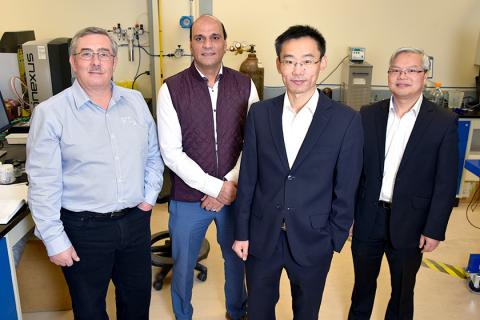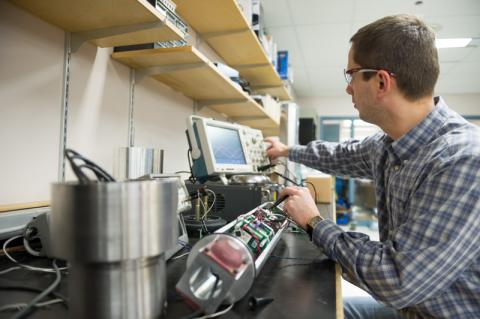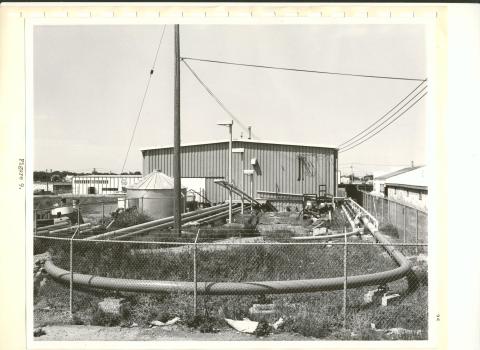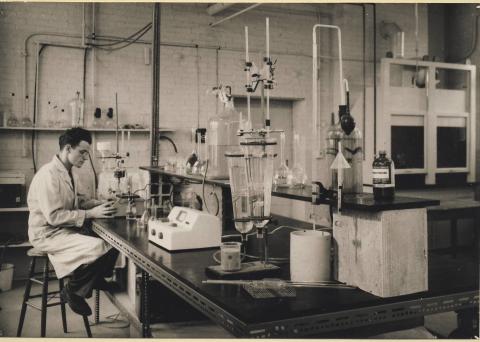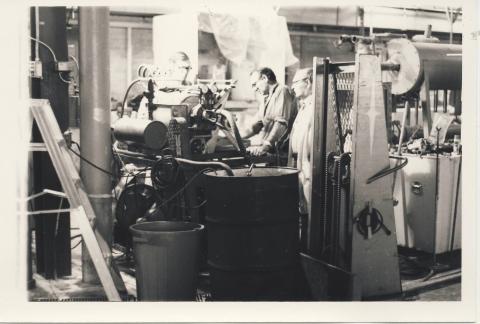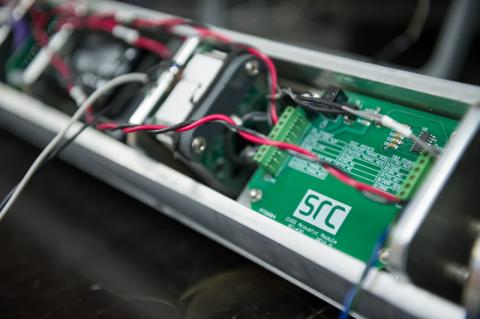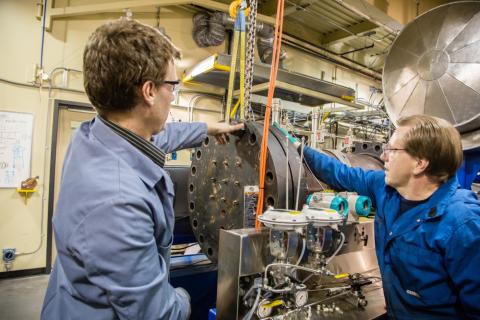Inside SRC
Since the early 20th century, Canada's research and technology organizations have been interested in learning how to measure the economic impacts of their work. Find out how SRC's R&D impact assessment tool works.
Research programs that foster collaboration between industry and academia are an effective way to support industrial and social innovation. Learn about a recent mentorship that led to a ground-breaking discovery for the oil and gas industry.
In 2001, SRC set out to become more entrepreneurial, grow in breadth and depth, and include more work for communities (particularly northern and Aboriginal communities) and for government.
We’re encouraging people (kids and adults!) to turn their kitchens and backyards into science labs this summer and unleash their inner scientists using a few simple ingredients - no laser ablation mass spectrometer* required!
SRC's Maturing Years were marked by growth in staff, facilities and equipment and a focus on applied R&D projects for industry and community needs. This led to the next phase of SRC's evolution, the Commercial Years, which were dominated by contracts with a mostly market-driven outlook, increasing SRC's revenue and importance as an innovation enabler for industry.
Nineteen forty-seven was SRC’s first full operating year. The initial strategic direction for the company was to undertake applied research targeted at developing “the resources and economy of Saskatchewan.”
At the beginning of the 20th century, organized research, development and technological innovation were quite rare, but this changed with the advent of industrial research organizations. Read more about the evolution of SRC.
Key Enabling Technologies are expected to be the most important building blocks for future technological innovation across all industrial sectors. Find out how these technologies are expected to play critical roles in the evolution and sustainability of leading-edge economies.
If you think that creative thinking is just for “naturally creative people,” then you may want to reconsider. The good news is that everyone’s natural creative talents can be developed and enhanced.
On average, a huge amount of work and several thousand failures almost always mark the landscape between a bright new idea and a commercial success. Let’s take a look at the prior history of the average successful new product.
